Native American history is rich and complex, encompassing the diverse cultures, traditions, and experiences of Indigenous peoples across North America. This document explores the cultural contributions of various tribes and the profound impact of European colonization on Indigenous populations. Understanding this history is crucial for acknowledging the resilience and adaptability of Native American communities in the face of significant challenges.
Cultural Contributions

Diverse Tribes and Their Histories
The Resilience and Cultural – North America is home to hundreds of distinct tribes, each with its unique traditions, languages, and histories. Some notable tribes include:
Haudenosaunee (Iroquois):

Known for their longhouses and matrilineal society, the Haudenosaunee have a deep spiritual connection to the land and are known for their agricultural innovations, particularly in the cultivation of the “Three Sisters” crops: corn, beans, and squash.
Navajo Nation:
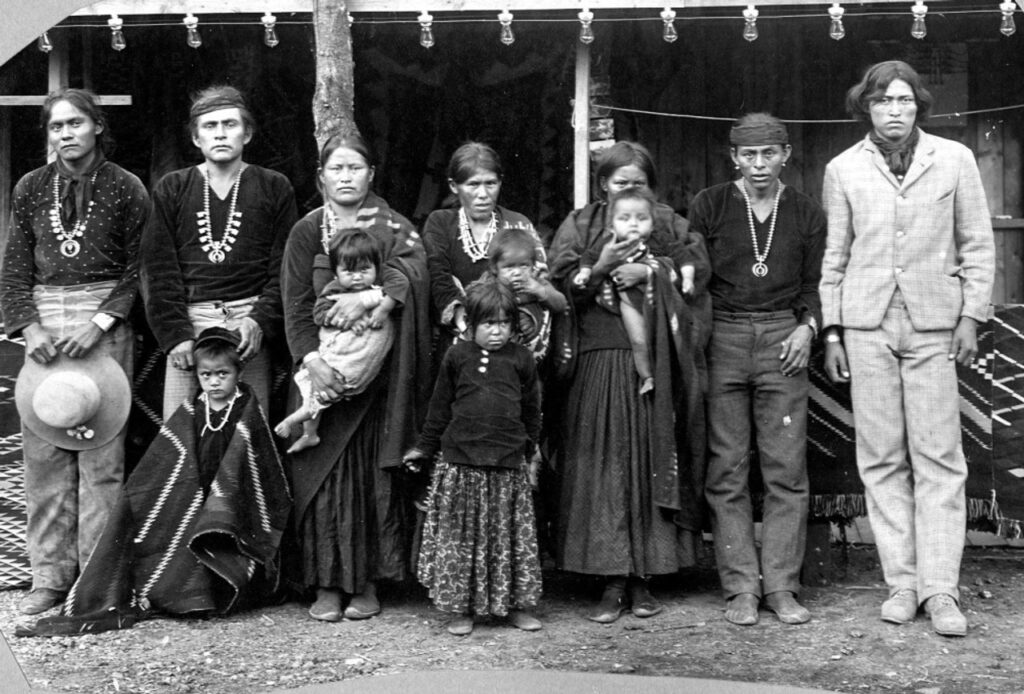
The Navajo, or Dine, are the largest federally recognized tribe in the U.S. Their rich cultural heritage includes weaving, silversmithing, and traditional ceremonies. The Navajo Code Talkers played a crucial role in World War II by using their language to create an unbreakable code.
Sioux Nation:
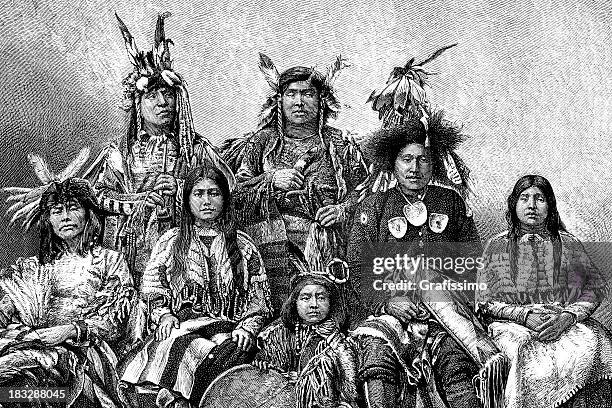
Comprising several tribes, including the Lakota, Dakota, and Nakota, the Sioux have a storied history of resistance against colonization. Their spiritual beliefs are deeply intertwined with the land, and they are known for their warrior culture and the Sun Dance ceremony.
Iroquois Confederacy:

Composed of the Mohawk, Oneida, Onondaga, Cayuga, Seneca, and later the Tuscarora tribes, the Iroquois Confederacy is one of the oldest participatory democracies in the world. Their Great Law of Peace influenced the U.S. Constitution and governance.
Pueblo Peoples:
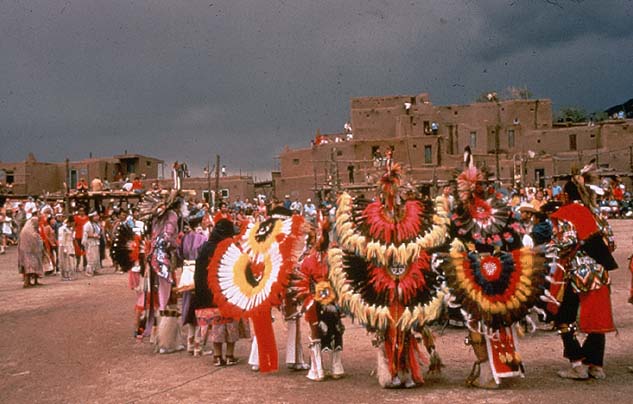
The Pueblo tribes, including the Hopi and Zuni, are known for their adobe dwellings and intricate pottery. Their agricultural practices, particularly the cultivation of corn, beans, and squash, are central to their culture and sustenance.
Chickasaw Nation:
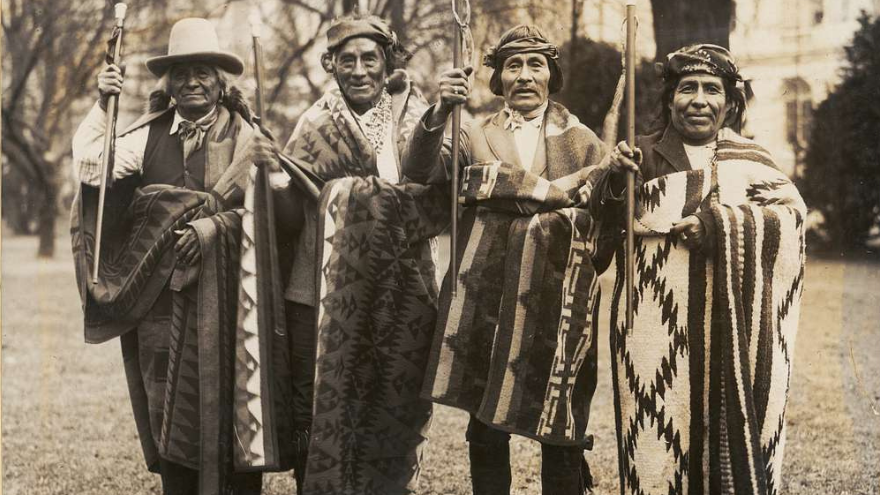
Chickasaw are known for their rich oral traditions, vibrant art, and strong warrior culture. They played a significant role in the early American frontier and continue to thrive today, emphasizing education and cultural preservation.
Cherokee Nation:
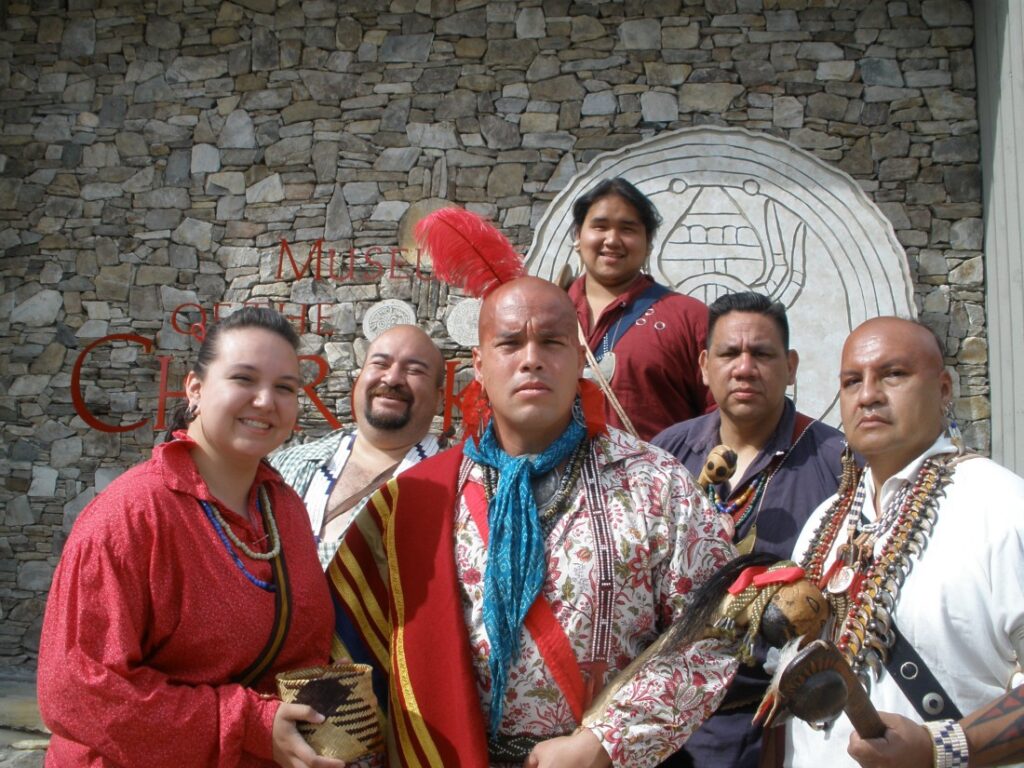
The Cherokee have a rich history of governance, including the establishment of a written constitution and a syllabary developed by Sequoyah, which allowed for literacy among the tribe. Their resilience during forced removal is a testament to their strength.
Contributions to Arts and Sciences
Native Americans have made significant contributions to various fields, including:
Agriculture:

Indigenous peoples developed advanced agricultural techniques, including crop rotation and companion planting. They domesticated crops such as maize, beans, and squash, which are now staples worldwide. The agricultural practices of Native Americans laid the groundwork for modern farming techniques.
Medicine:

Traditional healing practices and herbal medicine were developed by Native American tribes, utilizing local flora for medicinal purposes. Many modern pharmaceuticals have roots in Indigenous plant knowledge, highlighting the importance of preserving traditional ecological knowledge.
Art and Craftsmanship:
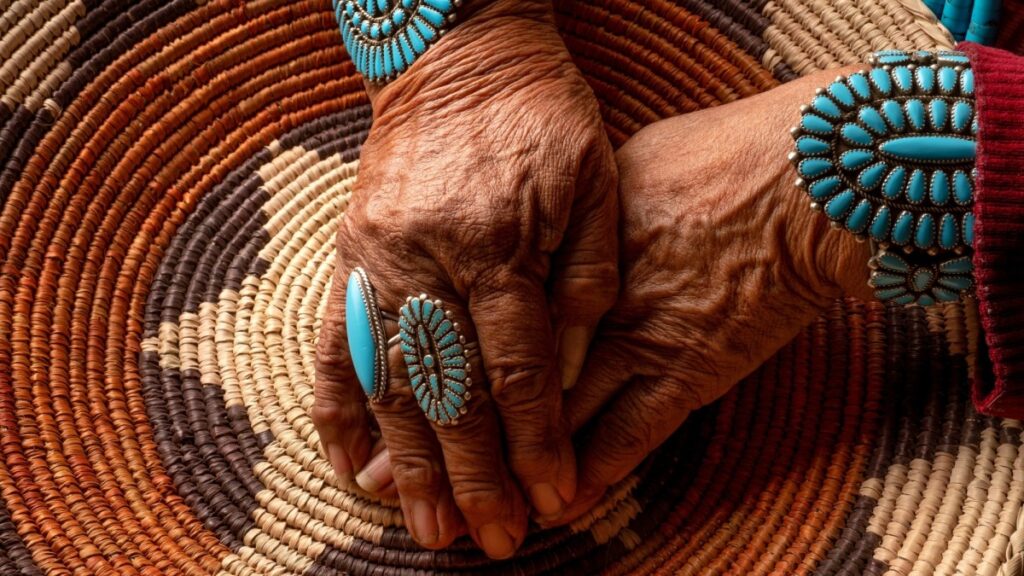
Native American art, including pottery, weaving, beadwork, and sculpture, reflects deep cultural significance and storytelling. Each tribe has unique styles that convey their history and beliefs, contributing to the diverse tapestry of American art.
Environmental Stewardship:
Indigenous peoples have long practiced sustainable land management, understanding the importance of balance and respect for nature. Their ecological knowledge is increasingly recognized in contemporary environmental movements, advocating for conservation and sustainability.
Language and Literature:

Many Native American tribes have rich oral traditions and storytelling practices. These narratives often convey moral lessons, cultural values, and historical events, contributing to the literary Heritage of North America.
Impact of Colonization

Effects of European Settlement
The arrival of European settlers in the 15th century marked the beginning of profound changes for Indigenous populations. The impact of colonization included:
Legal and Political Marginalization:
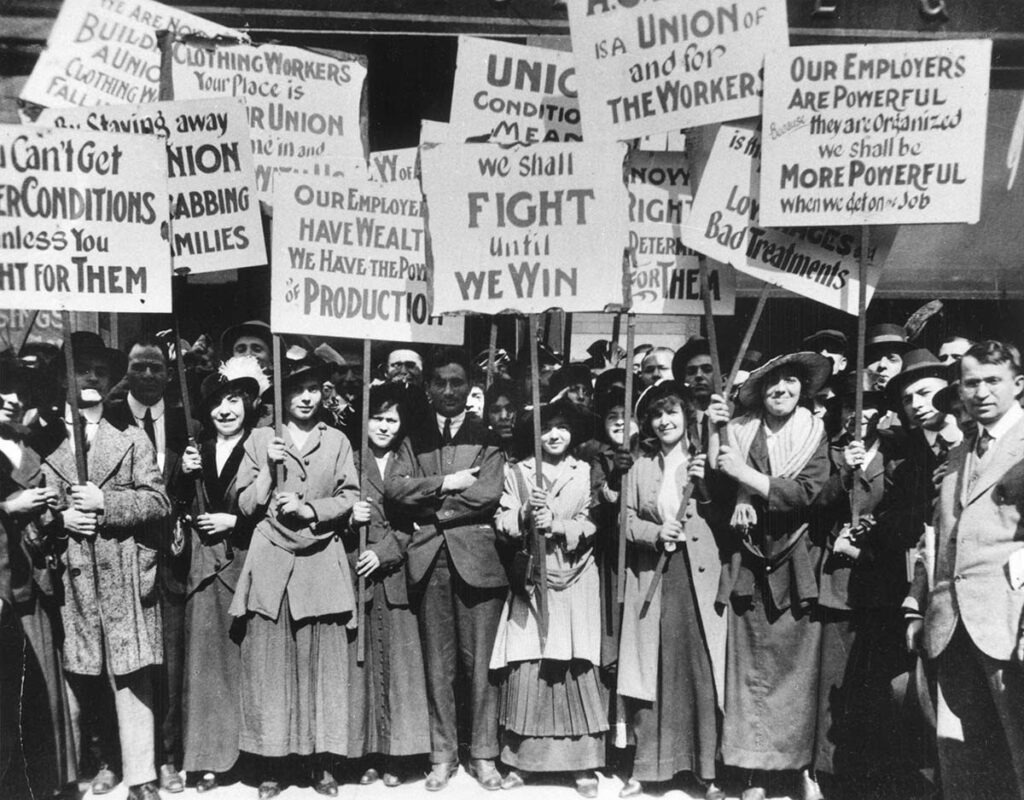
Indigenous peoples faced systematic legal and political marginalization, losing sovereignty and representation in decision-making processes that affected their lives and lands.
Displacement:
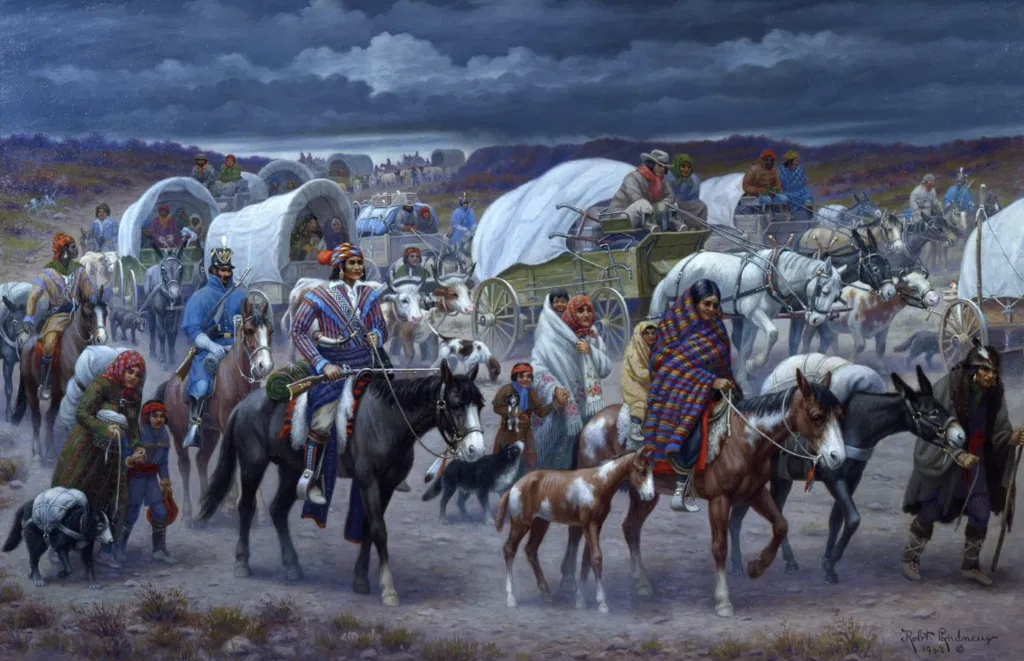
As European settlers expanded westward, Indigenous peoples were forcibly removed from their ancestral lands through treaties, warfare, and forced relocation, such as the Trail of Tears experienced by the Cherokee Nation. This loss of land disrupted traditional ways of life and cultural practices.
Disease:
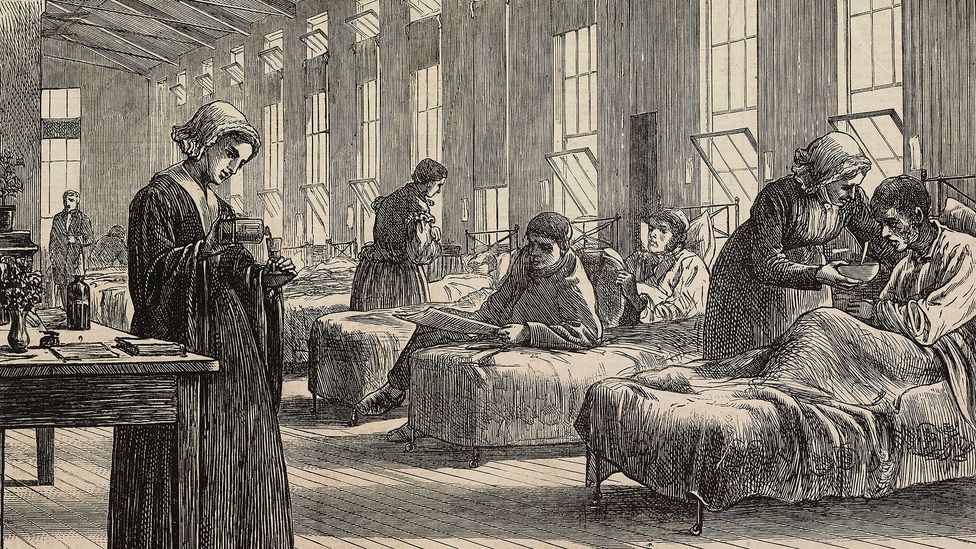
European colonization brought new diseases, such as smallpox, influenza, and measles, to which Indigenous populations had no immunity. These epidemics decimated tribes, leading to significant population declines and social upheaval.
Loss of Culture:
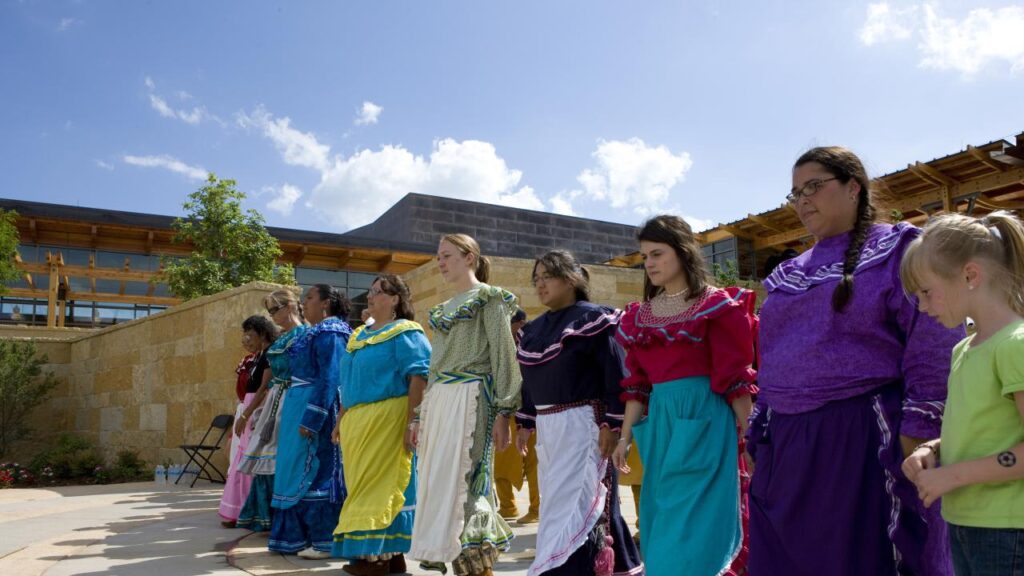
Colonization efforts often aimed to assimilate Indigenous peoples into European culture, leading to the suppression of languages, traditions, and spiritual practices. Boarding schools were established to “civilize” Native children, further eroding cultural identity and community cohesion.
Economic Disruption:
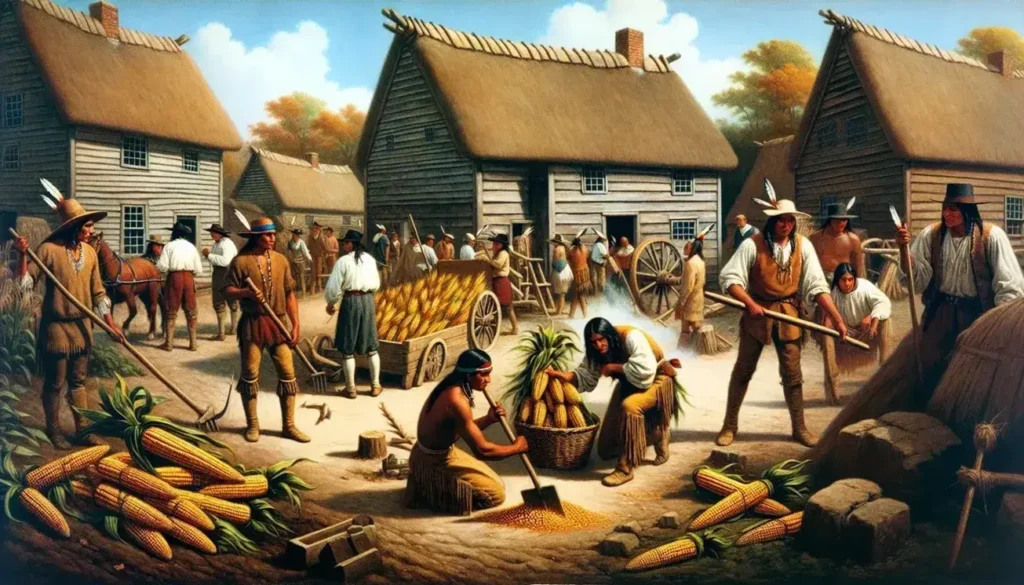
Traditional economies based on hunting, gathering, and agriculture was disrupted by the introduction of European trade goods and the imposition of new economic systems. Many tribes were forced into dependency on European goods, altering their economic structures.
Conflict and Violence:

The competition for land and resources led to numerous conflicts between Indigenous peoples and European settlers, resulting in violence, massacres, and retaliatory actions that further exacerbated tensions and mistrust.
Resistance and Resilience
Despite the challenges posed by colonization, Native American communities demonstrated remarkable resilience and resistance:
Community Resilience:
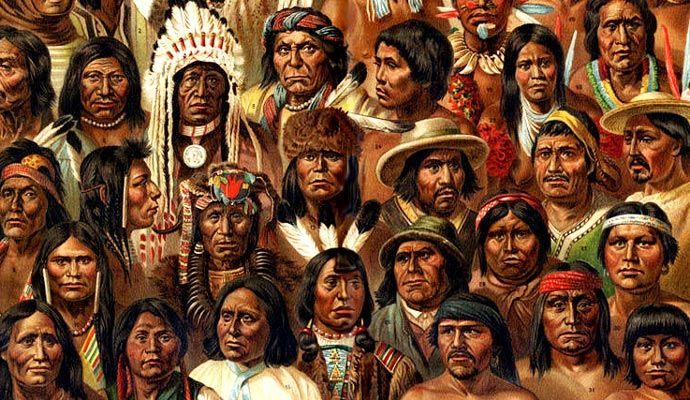
Despite historical trauma, Indigenous communities have shown resilience through cultural revitalization, education initiatives, and economic development efforts. Many tribes are working to strengthen their communities and preserve their heritage for future generations.
Wars and Conflicts:
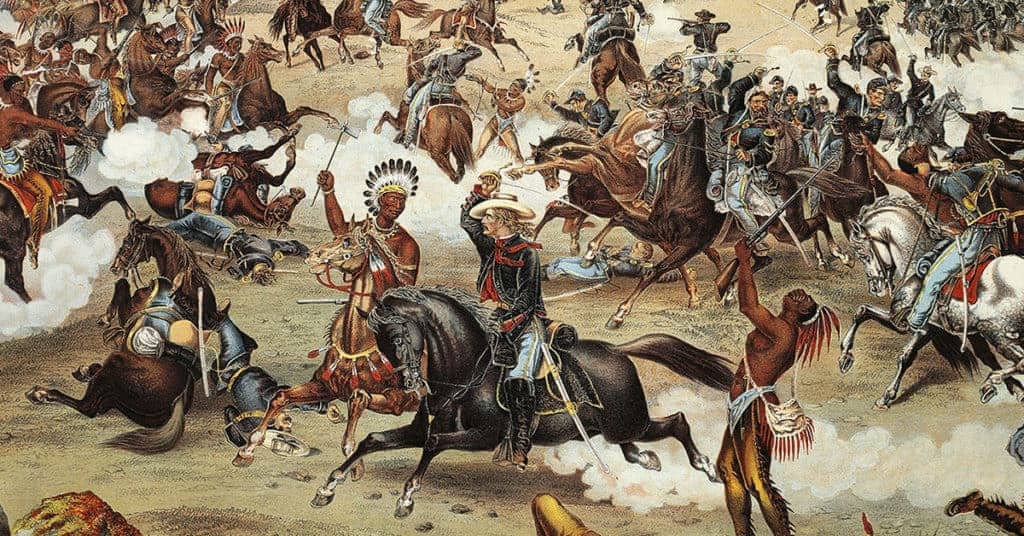
Indigenous peoples engaged in numerous wars and uprisings to defend their lands and sovereignty, including King Philip‘s War, the Pequot War, and the resistance led by leaders like Tecumseh and Sitting Bull. These conflicts highlighted the determination of Indigenous peoples to resist encroachment.
Preservation of Culture:
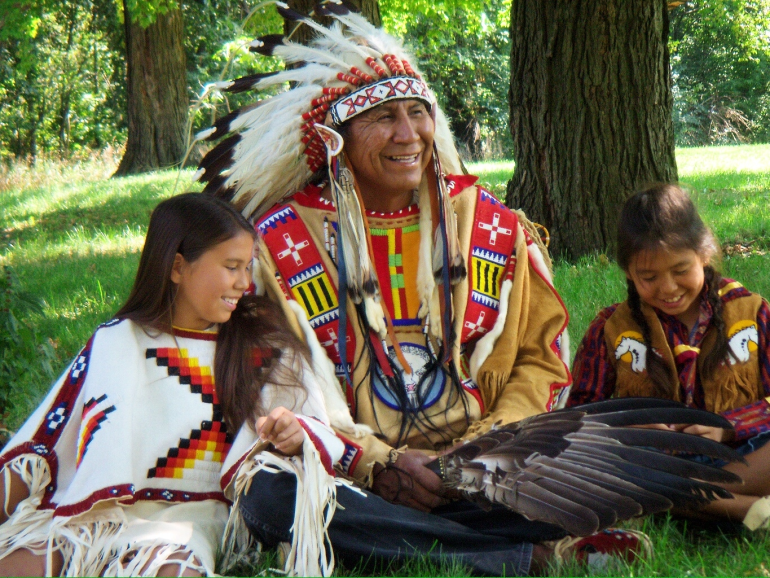
Many tribes worked to preserve their languages, traditions, and spiritual practices despite oppressive policies. Cultural revitalization movements have emerged in recent decades to reclaim and celebrate Indigenous heritage, fostering a sense of pride and identity.
Legal Battles:
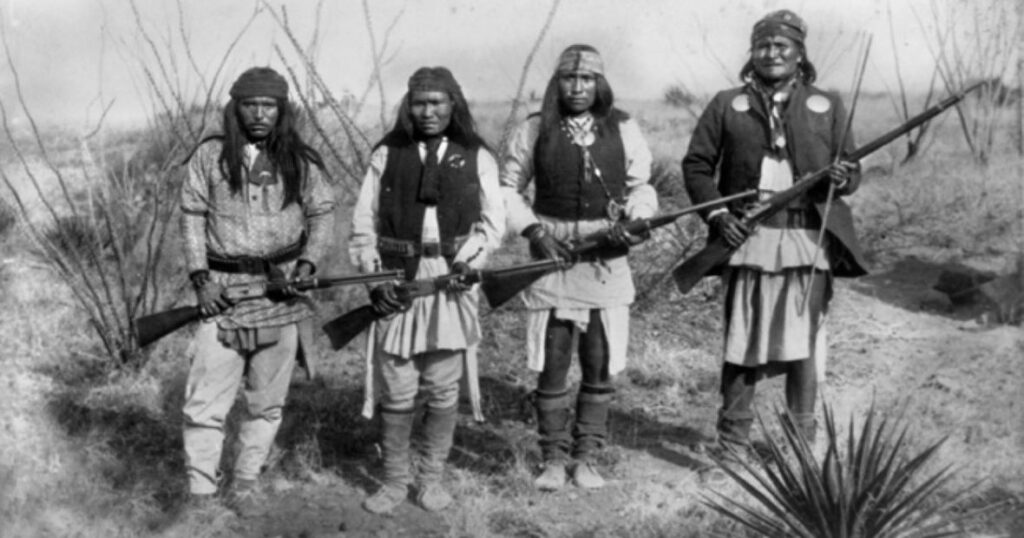
Native American tribes have pursued legal avenues to reclaim lands and rights, leading to landmark court decisions that recognize tribal sovereignty and land claims. These legal victories have been crucial in restoring some rights and lands to Indigenous peoples.
Modern Activism:
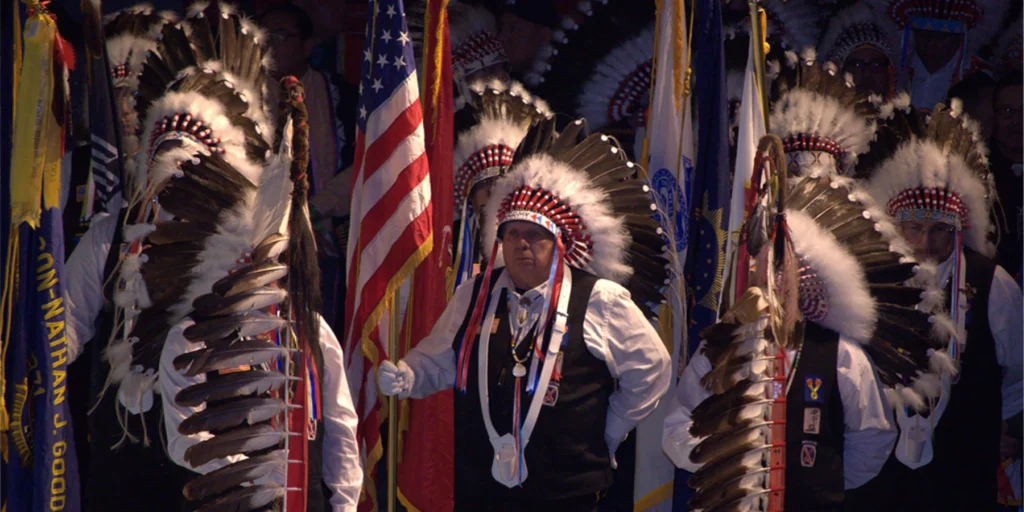
Contemporary Indigenous activists continue to fight for rights, environmental protection, and social justice, drawing on the legacy of their ancestors to advocate for change and recognition. Movements such as Idle No More and Standing Rock have brought attention to Indigenous issues on a global scale.
Conclusion
Native American history is characterized by a rich tapestry of cultural contributions and a profound impact from colonization. The diverse tribes of North America have shaped the continent’s cultural landscape through their traditions, innovations, and resilience. While colonization brought significant challenges, Indigenous peoples have continued to adapt and resist, ensuring that their voices and cultures endure. Recognizing and honoring this history is vital for fostering understanding, respect, and reconciliation in contemporary society. As we move forward, it is essential to acknowledge the on-going struggles and contributions of Native Americans, ensuring that their stories and rights are included in the broader narrative of American history.


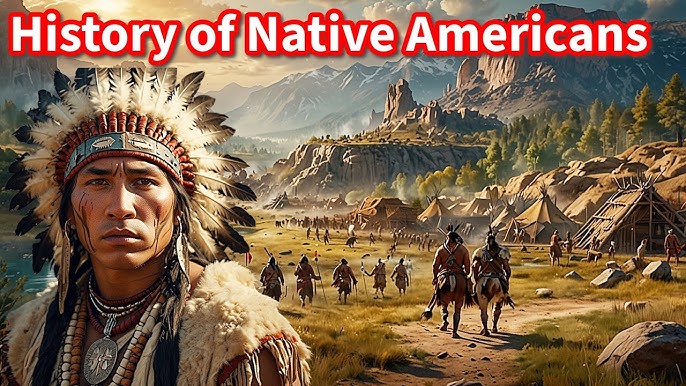
1 thought on “HISTORY OF NATIVE AMERICANS”